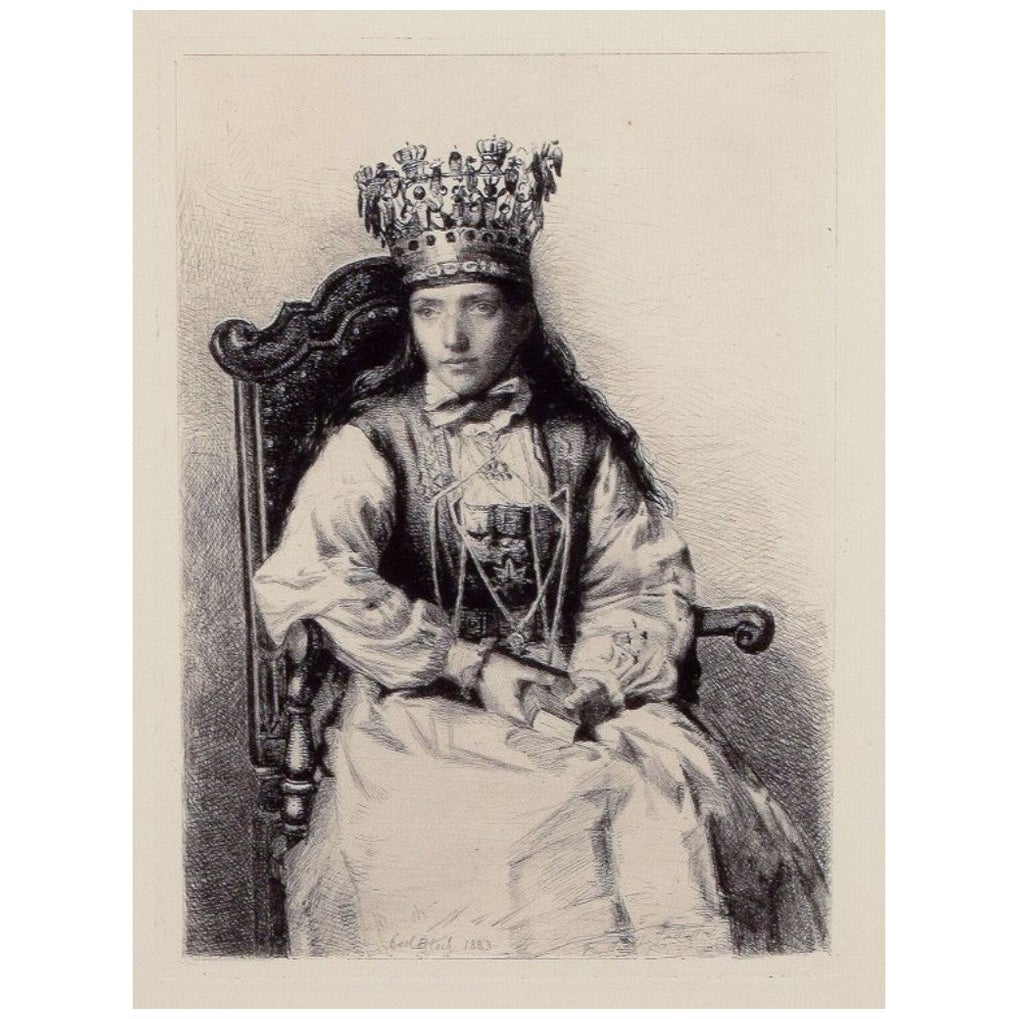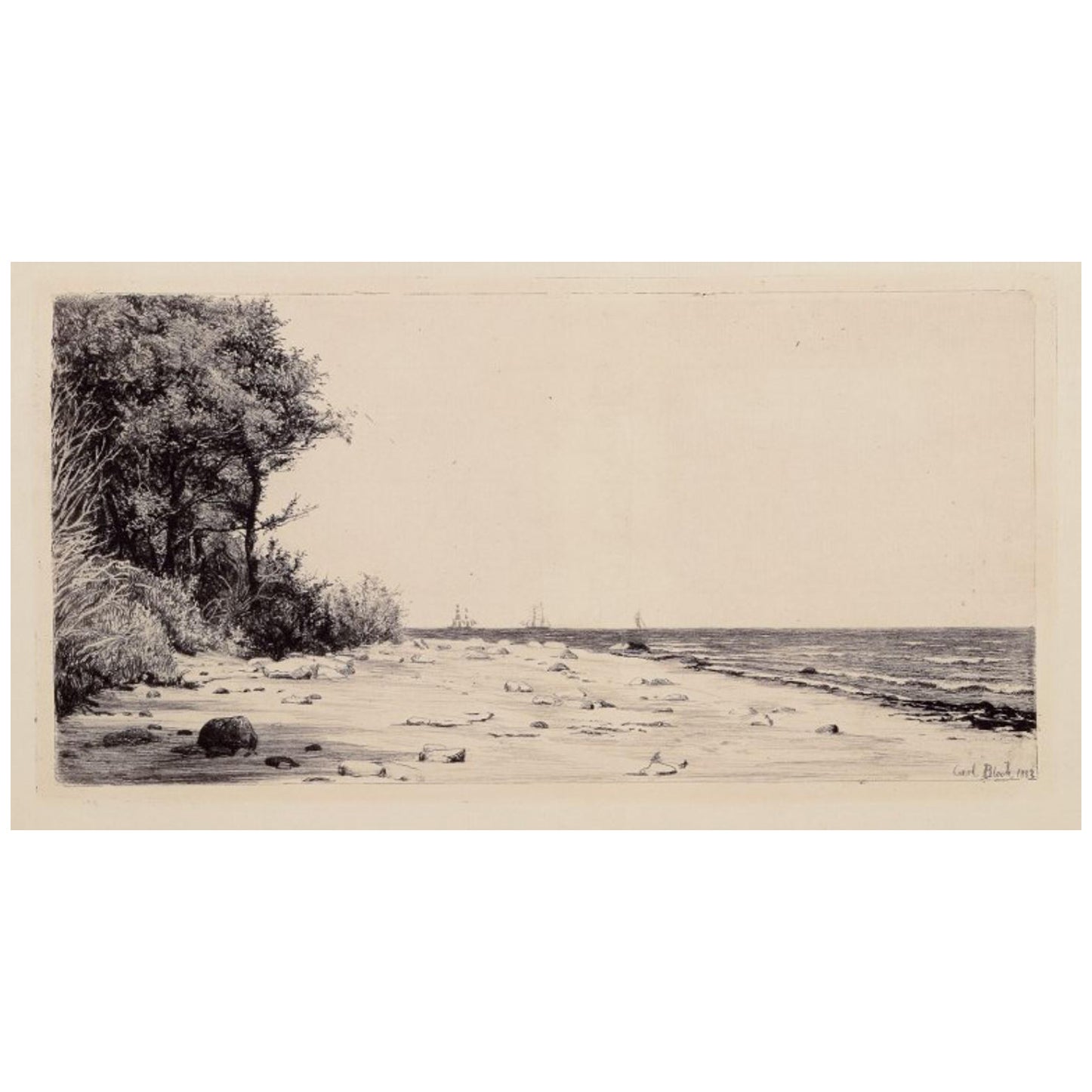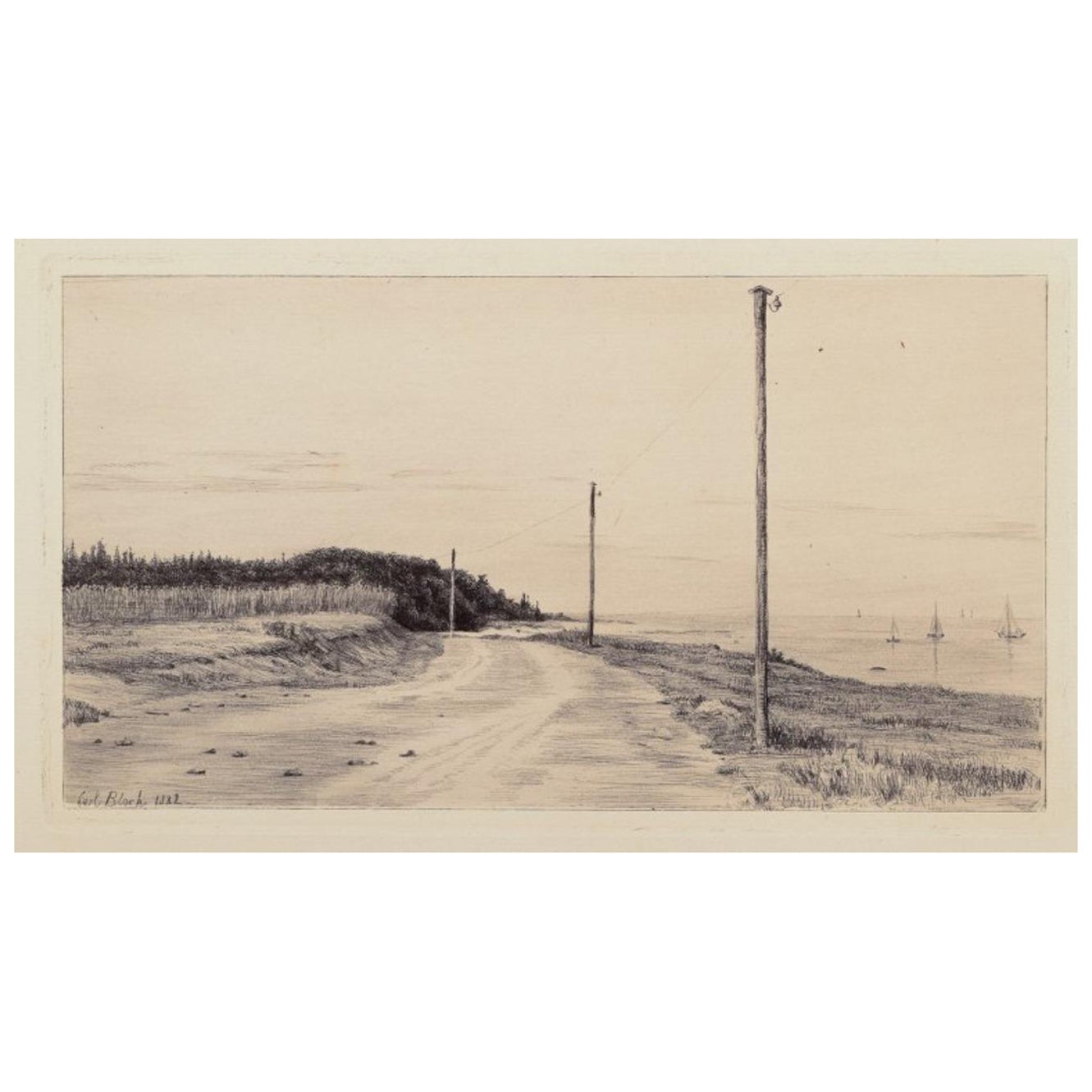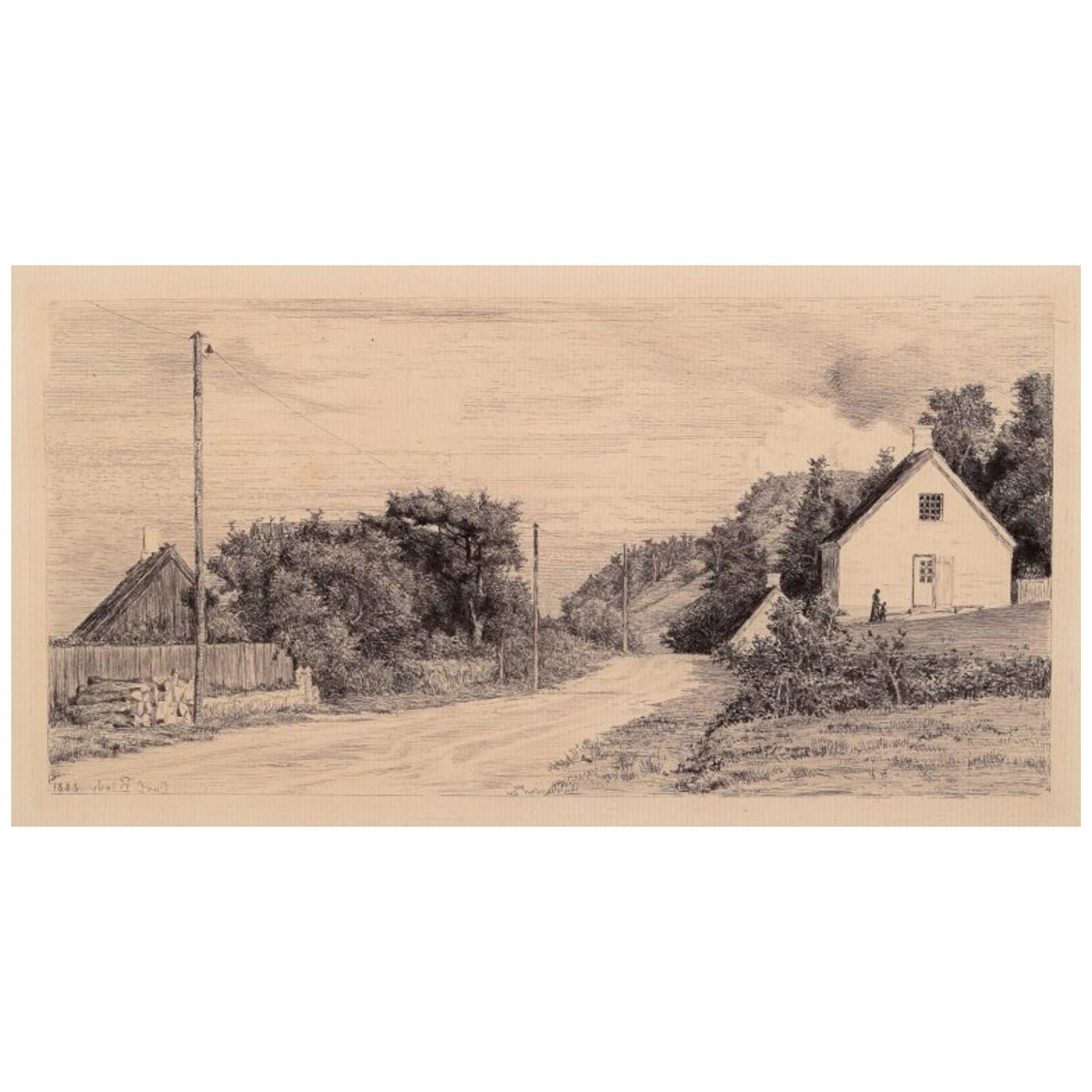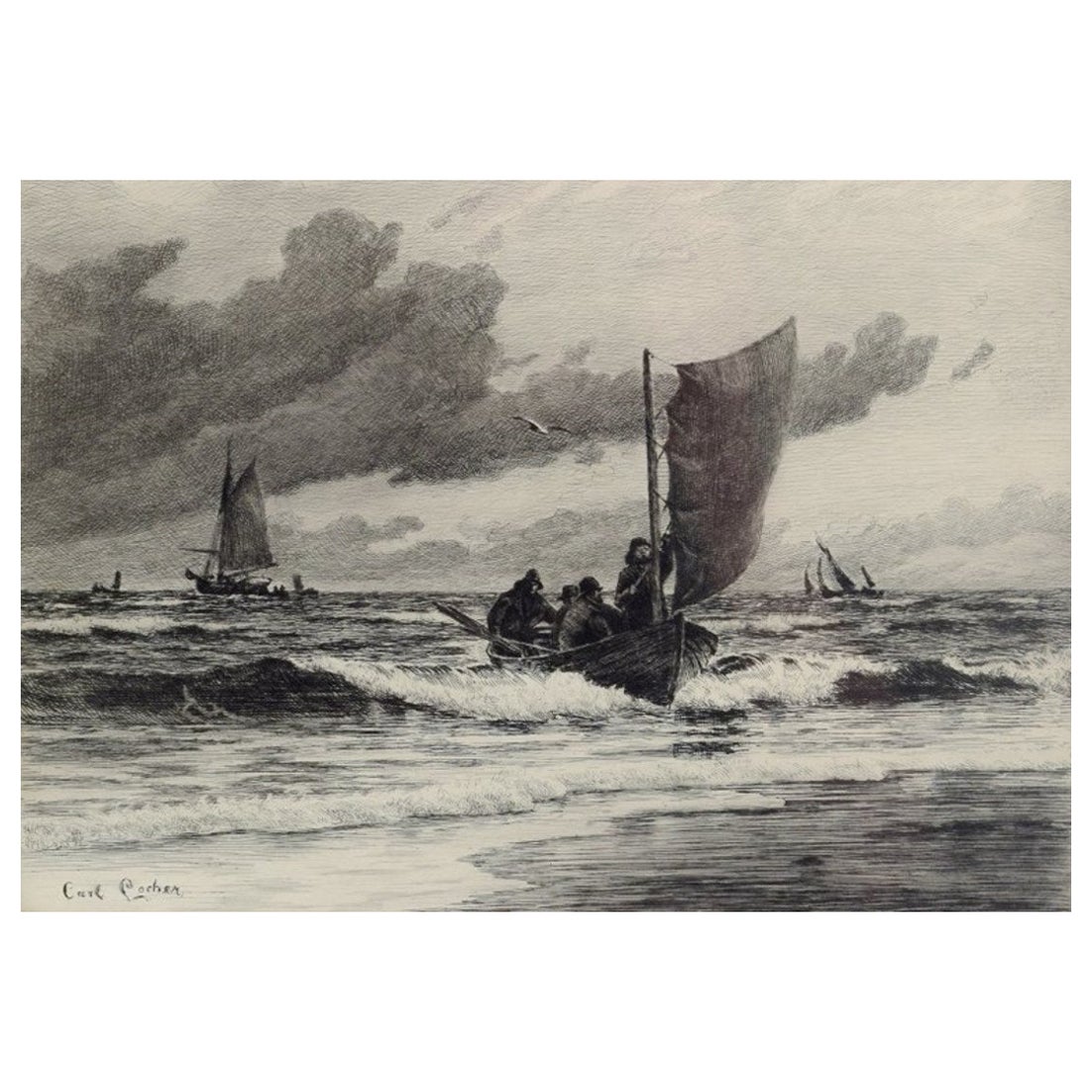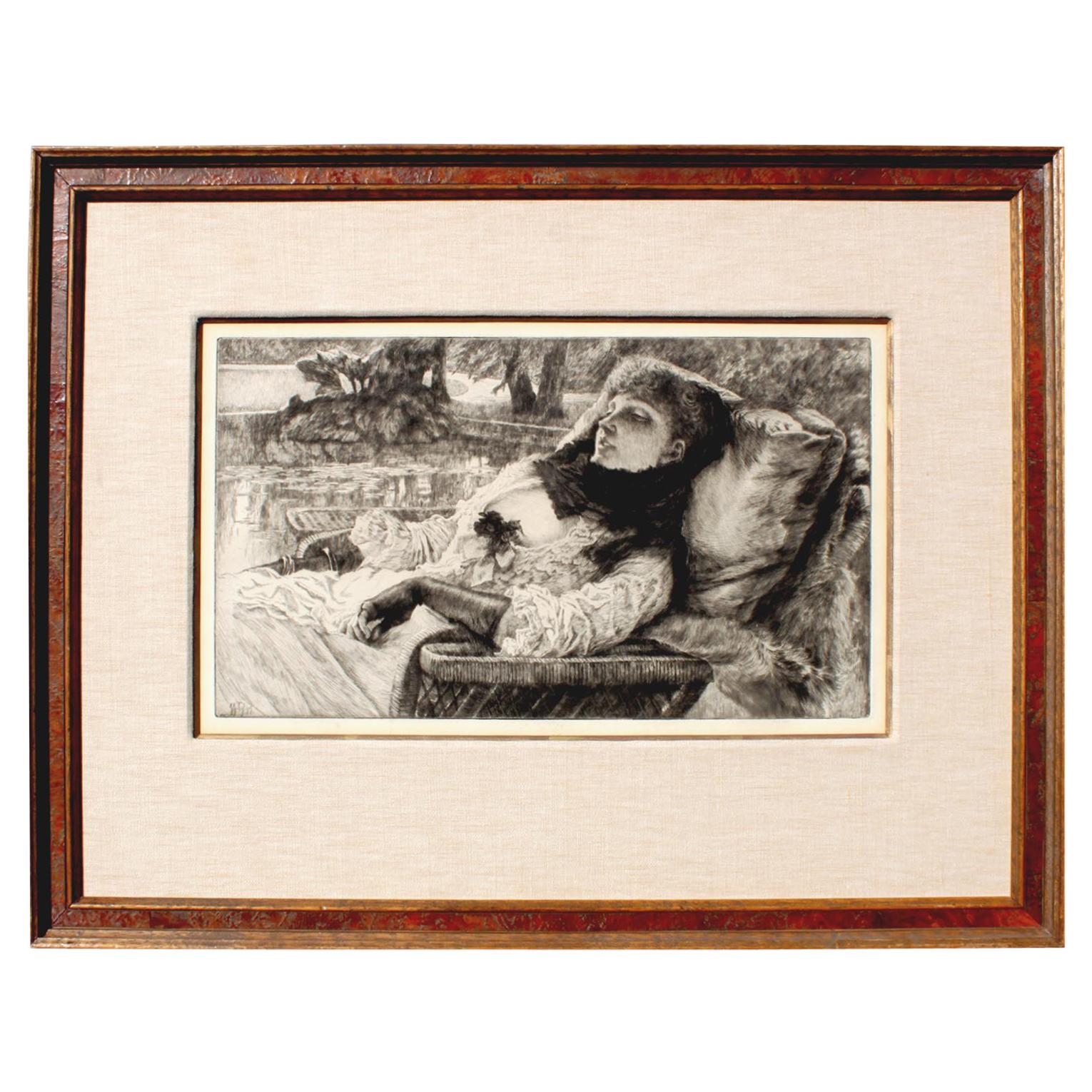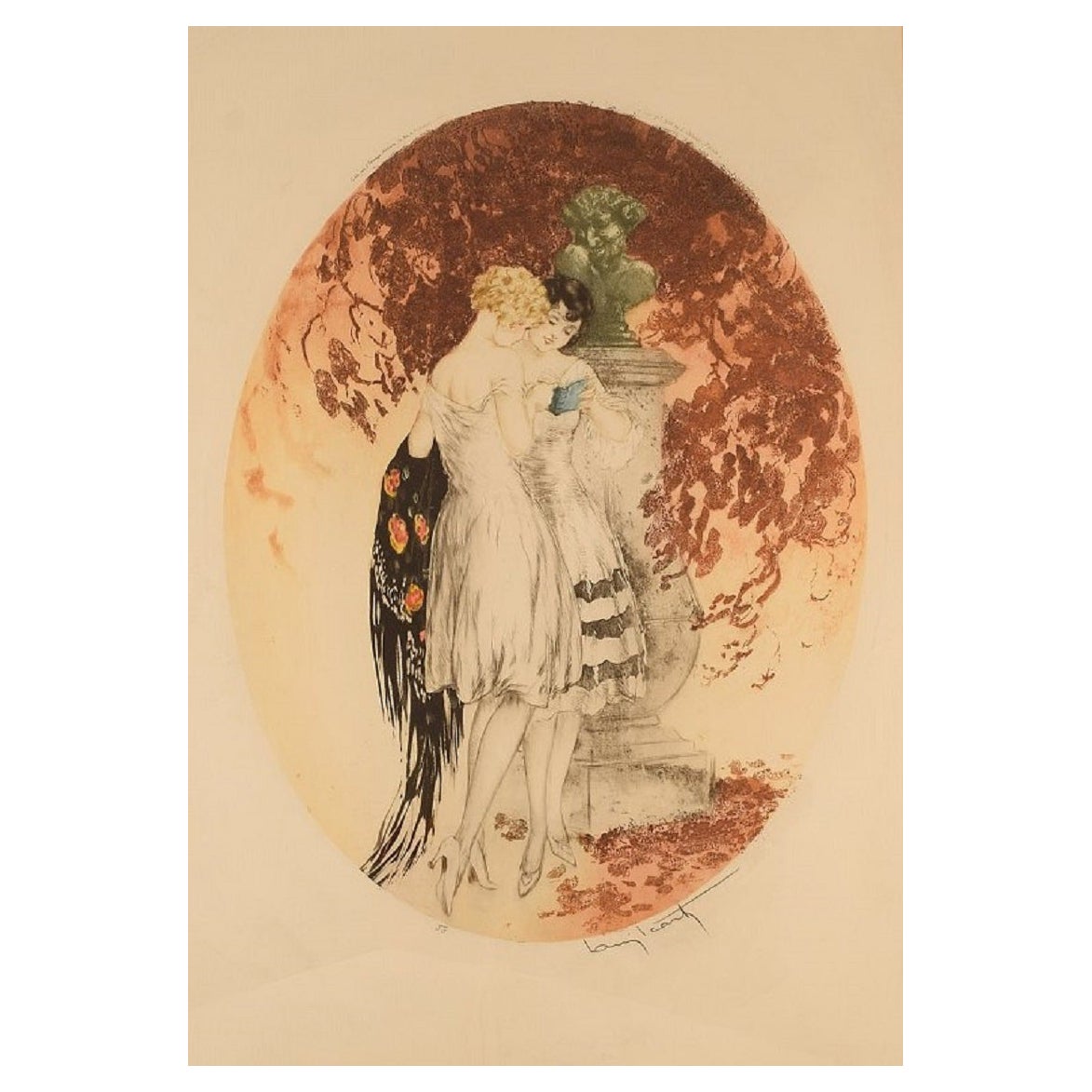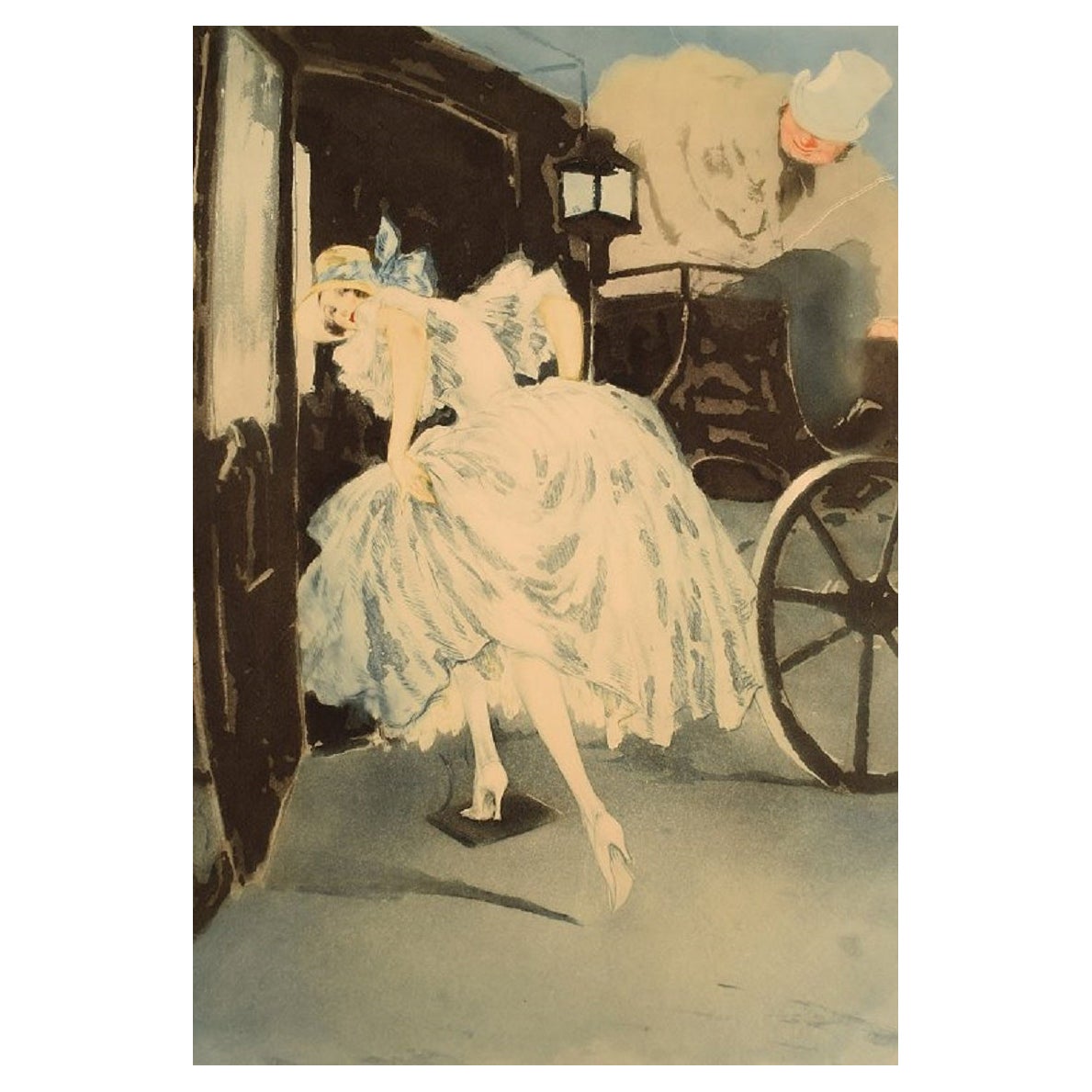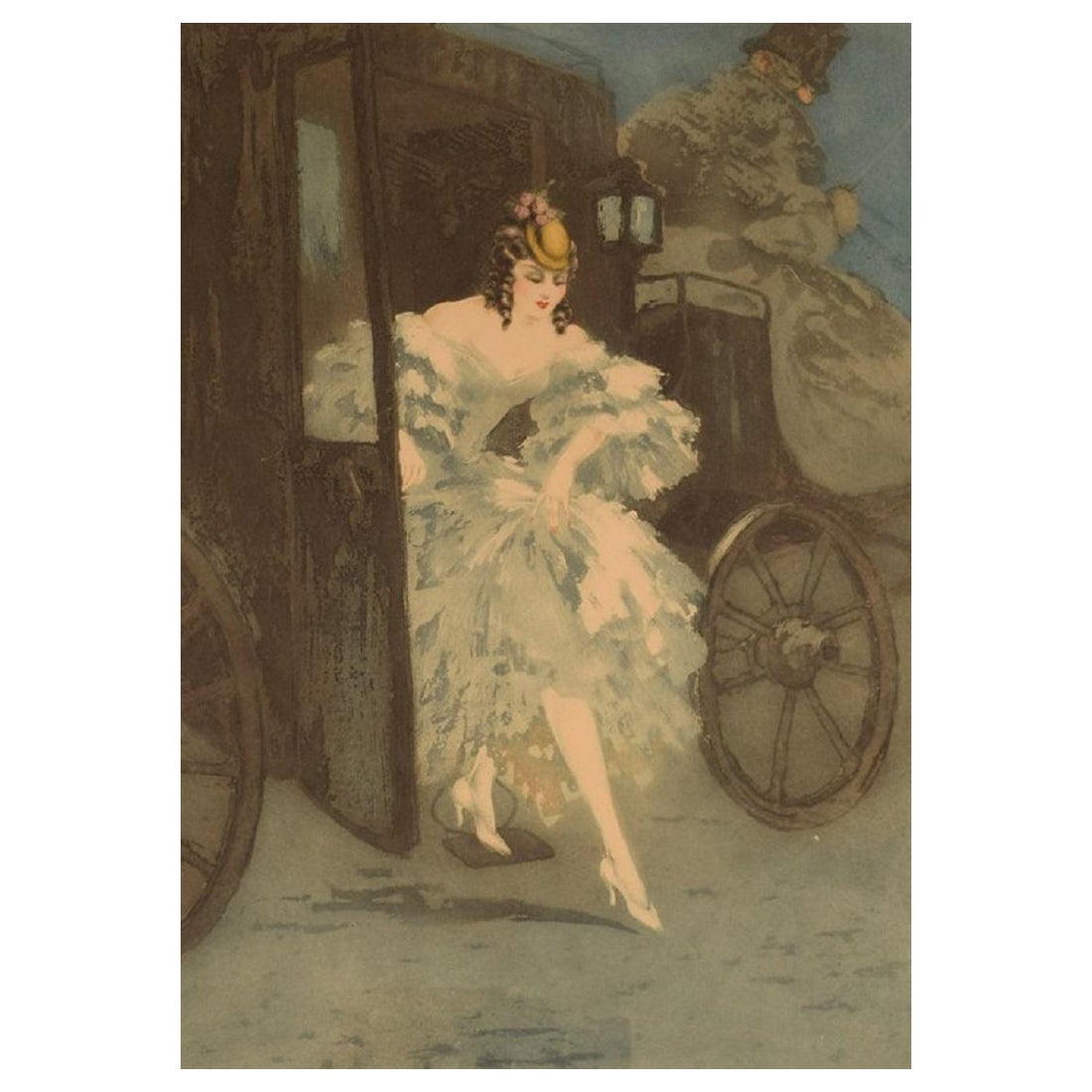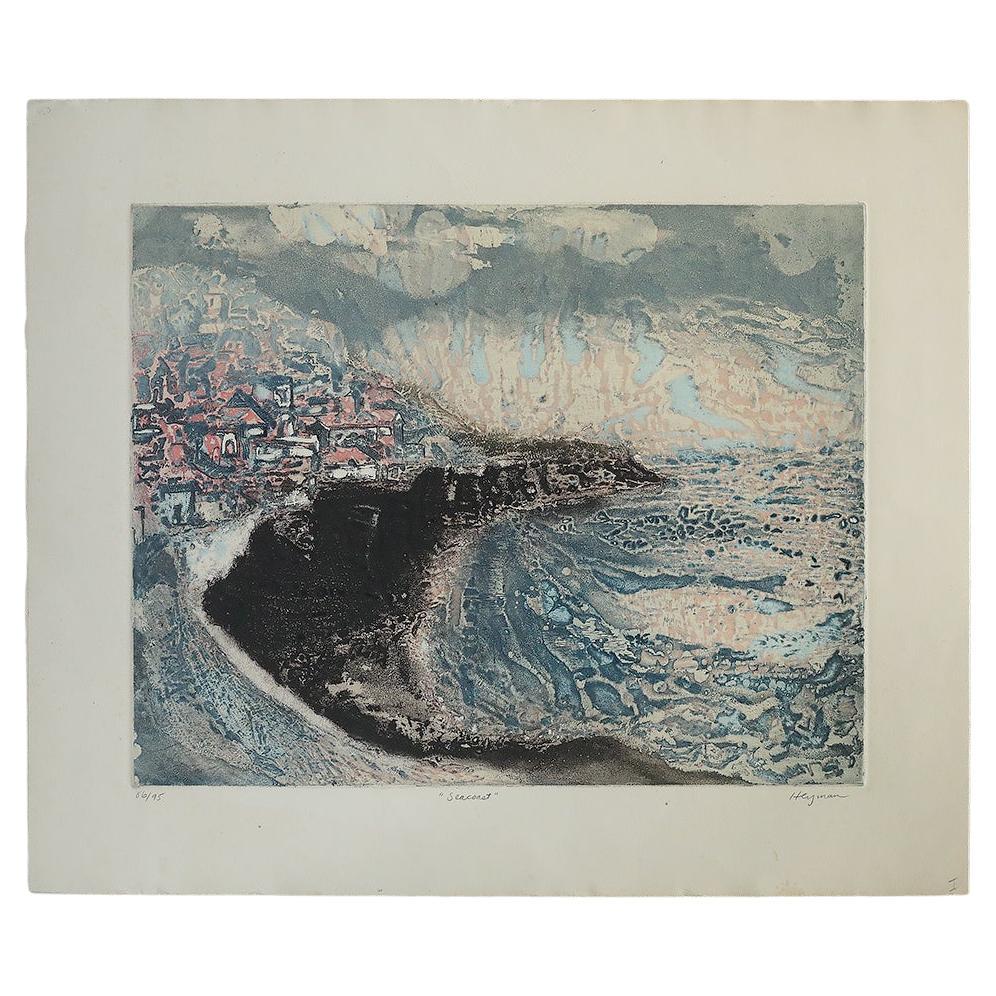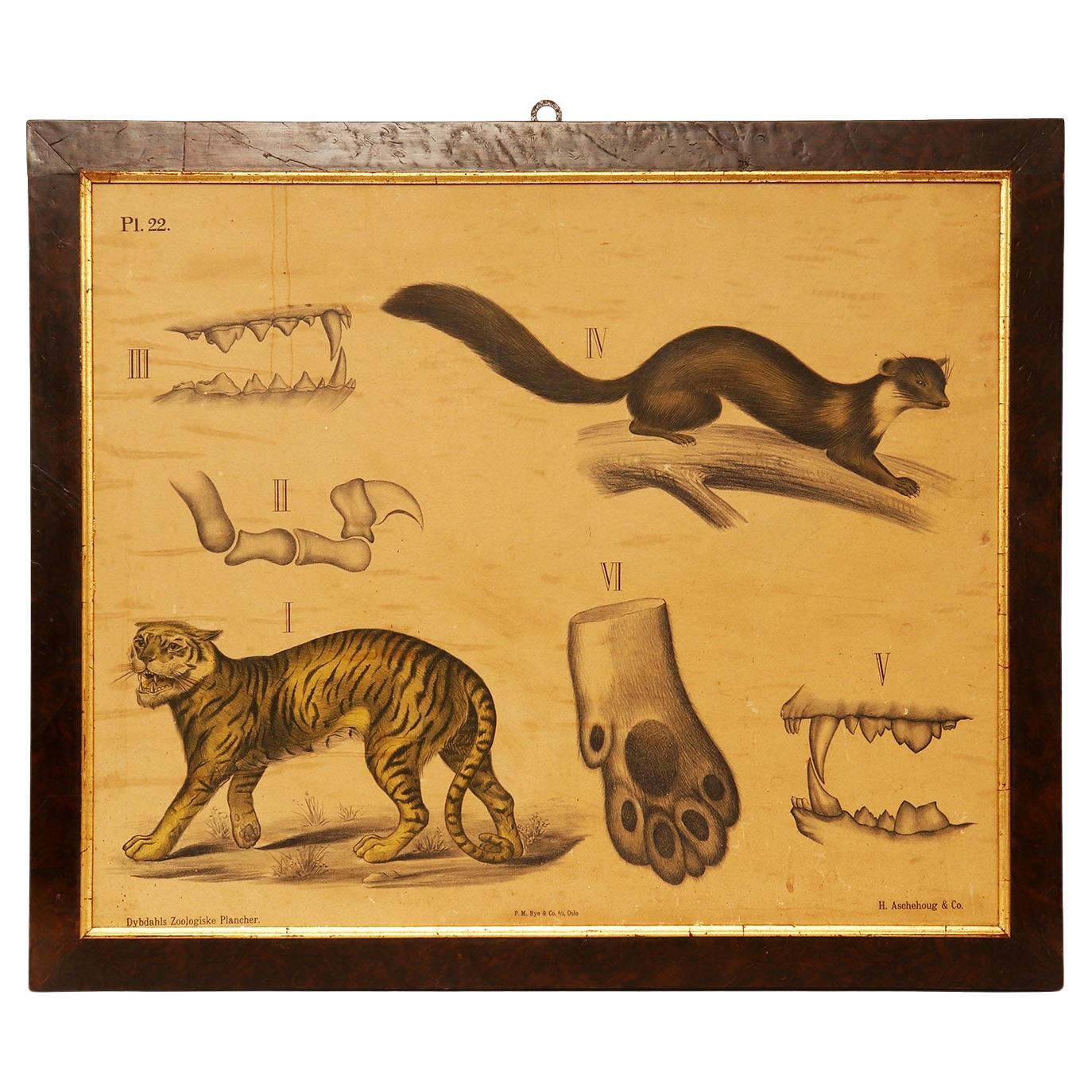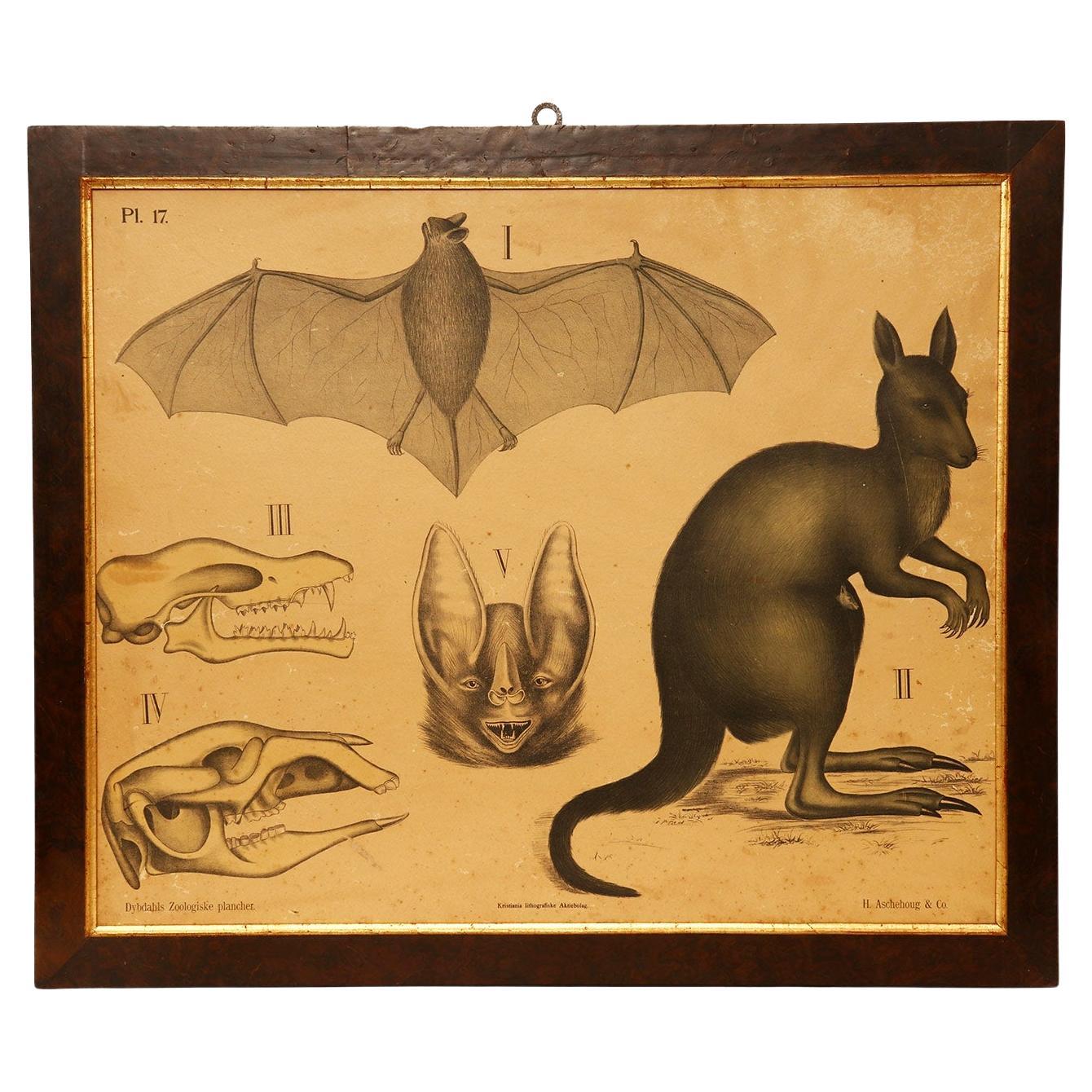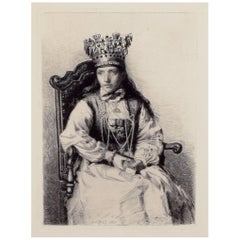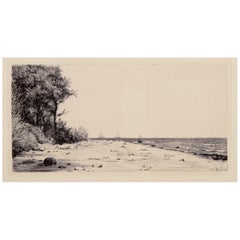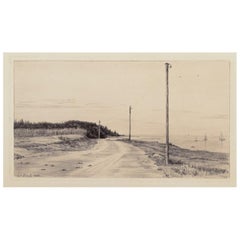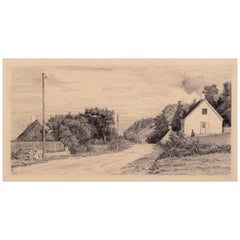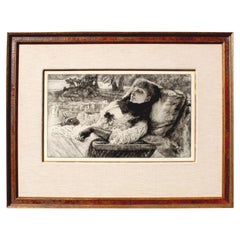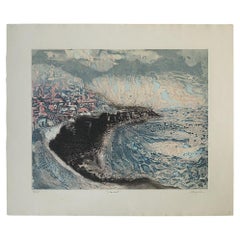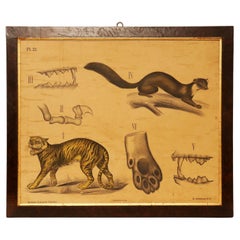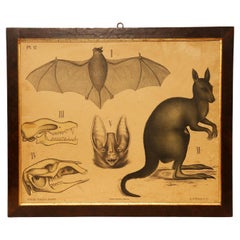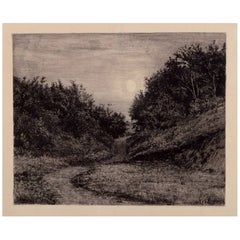
Carl Bloch (1834–1890). Etching on paper. Moonlit summer evening.
View Similar Items
Want more images or videos?
Request additional images or videos from the seller
1 of 7
Carl Bloch (1834–1890). Etching on paper. Moonlit summer evening.
About the Item
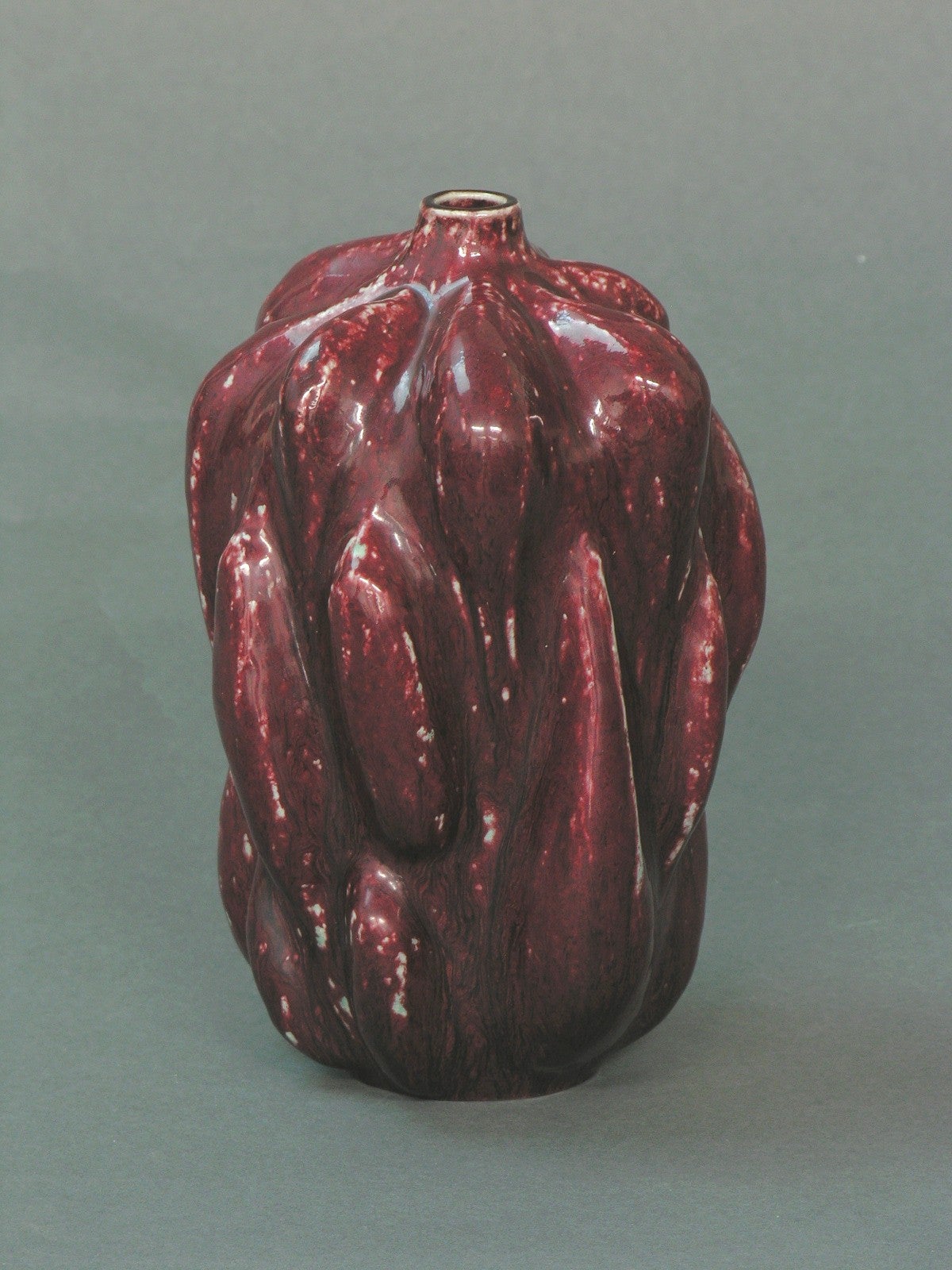
About the Seller
4.8
Platinum Seller
Premium sellers with a 4.7+ rating and 24-hour response times
Established in 1999
1stDibs seller since 2014
3,020 sales on 1stDibs
Typical response time: 1 hour
Authenticity Guarantee
In the unlikely event there’s an issue with an item’s authenticity, contact us within 1 year for a full refund. DetailsMoney-Back Guarantee
If your item is not as described, is damaged in transit, or does not arrive, contact us within 7 days for a full refund. Details24-Hour Cancellation
You have a 24-hour grace period in which to reconsider your purchase, with no questions asked.Vetted Professional Sellers
Our world-class sellers must adhere to strict standards for service and quality, maintaining the integrity of our listings.Price-Match Guarantee
If you find that a seller listed the same item for a lower price elsewhere, we’ll match it.Trusted Global Delivery
Our best-in-class carrier network provides specialized shipping options worldwide, including custom delivery.More From This Seller
View AllCarl Bloch (1834–1890). Etching on paper. "A Norwegian Bride".
Located in Copenhagen, DK
Carl Bloch (1834–1890). Etching on paper.
"A Norwegian Bride".
Dated 1883.
In perfect condition.
Signed.
Total dimensions: 32.3 cm x 39.4 cm.
Antique frame in dark oak.
Category
Antique 1880s Danish Prints
Materials
Paper
$256 Sale Price
20% Off
Carl Bloch (1834–1890). Etching on paper. Danish coastal scene.
Located in Copenhagen, DK
Carl Bloch (1834–1890). Etching on paper.
Danish coastal scene with sailboats on the sea. Hornbæk.
Dated 1883.
In good condition with a tear in the middle.
Signed.
Total dimensions: ...
Category
Antique 1880s Danish Prints
Materials
Paper
$240 Sale Price
20% Off
Carl Bloch (1834–1890). Etching on paper. Danish landscape with sailboats.
Located in Copenhagen, DK
Carl Bloch (1834–1890). Etching. Danish landscape with sailboats.
Dated 1882.
In perfect condition.
Signed.
Total dimensions: 41.0 cm x 31.0 cm.
Antique frame in dark oak.
Category
Antique 1880s Danish Prints
Materials
Paper
$240 Sale Price
20% Off
Carl Bloch (1834–1890). Etching on paper. Houses by the road.
Located in Copenhagen, DK
Carl Bloch (1834–1890). Etching on paper.
Houses by the road.
Dated 1883.
In perfect condition.
Signed.
Total dimensions: 42.0 cm x 30.5 cm.
Antique frame in dark oak.
Category
Antique 1880s Danish Prints
Materials
Paper
$240 Sale Price
20% Off
Carl Locher. The fishing boat arrives. Skagen. Etching on paper. 1899.
Located in Copenhagen, DK
Carl Locher (1851-1915), a listed Danish realist painter.
The fishing boat arrives. Skagen.
Etching on paper.
1899.
Signed in print and signed in pencil CL...
Category
Antique 1890s Danish Prints
Materials
Paper
$352 Sale Price
20% Off
Louis Icart, Etching on Paper, "Look", Dated 1928
Located in Copenhagen, DK
Louis Icart (1888-1950). Etching on paper. "Look".
Dated 1928.
Visible dimensions: 46 x 35 cm.
Total dimensions incl. passepartout: 67 x 49 cm.
The frame measures: 2 cm.
In exc...
Category
Vintage 1920s French Art Deco Prints
Materials
Paper
$1,120 Sale Price
20% Off
You May Also Like
James Jacques Joseph Tissot "Soirée d'été" 'Summer Evening' Etching & Dry Point
By James Tissot
Located in Los Angeles, CA
A fine French 19th century etching and drypoint Titled "Soirée d'été" (Summer Evening) by Jacques Joseph Tissot (French, 1836-1902) depicting Mrs. Kathleen Newton resting on a lounge chair. Signed and dated (l/l): J.J. Tissot, 1881 in the plate. Under the mat, the front of the sheet inscribed in pencil with a '1' in a circle, the verso of the sheet with old price inscription "450-" in pencil. Circa: 1881-1882.
Measures: Plate Height: 9 inches (22.9 cm)
Plate Width: 15 1/2 inches (39.4 cm)
Sheet Height: 14 1/2 inches (36.8 cm)
Sheet Width: 20 5/8 inches (52.4 cm)
Frame Height: 19 inches (48.3 cm)
Frame Width: 24 1/2 inches (62.2 cm)
Frame Depth: 1 1/8 inches (2.9 cm)
Literature:
Wentworth 56. Note: Tissot's from 1881 is said to depict his lover, the Irish divorcee Mrs. Kathleen Newton, resting on a lounge chair.
Provenance:
Private collection, Los Angeles, California
Jacques Joseph Tissot (French, 15 October 1836 – 8 August 1902), Anglicized as James Tissot, was a French painter and illustrator. He was a successful painter of Paris society before moving to London in 1871. He became famous as a genre painter of fashionably dressed women shown in various scenes of everyday life. He also painted scenes and characters from the Bible.
Jacques Tissot was born in the city of Nantes in France and spent his early childhood there. His father, Marcel Théodore Tissot, was a successful drapery merchant. His mother, Marie Durand, assisted her husband in the family business and designed hats. A devout Catholic, Tissot's mother instilled pious devotion in the future artist from a very young age. Tissot's youth spent in Nantes likely contributed to his frequent depiction of shipping vessels and boats in his later works. The involvement of his parents in the fashion industry is believed to have been an influence on his painting style, as he depicted women's clothing in fine detail. By the time Tissot was 17, he knew he wanted to pursue painting as a career. His father opposed this, preferring his son to follow a business profession, but the young Tissot gained his mother's support for his chosen vocation. Around this time, he began using the given name of James. By 1854 he was commonly known as James Tissot; he may have adopted it because of his increasing interest in everything English.
In 1856 or 1857, Tissot travelled to Paris to pursue an education in art. While staying with a friend of his mother, painter Elie Delaunay, Tissot enrolled at the Ecole des Beaux-Arts to study in the studios of Hippolyte Flandrin and Louis Lamothe. Both were successful Lyonnaise painters who moved to Paris to study under Jean-Auguste-Dominique Ingres. Lamothe provided the majority of Tissot's studio education, and the young artist studied on his own by copying works at the Louvre, as did most other artists of the time in their early years. Around this time, Tissot also made the acquaintance of the American James McNeill Whistler, and French painters Edgar Degas (who had also been a student of Lamothe and a friend of Delaunay), and Édouard Manet.
In 1859, Tissot exhibited in the Paris Salon for the first time. He showed five paintings of scenes from the Middle Ages, many depicting scenes from Goethe's Faust. These works show the influence in his work of the Belgian painter Henri Leys (Jan August Hendrik Leys), whom Tissot had met in Antwerp earlier that same year. Other influences include the works of the German painters Peter Von Cornelius and Moritz Retzsch. After Tissot had first exhibited at the Salon and before he had been awarded a medal, the French government paid 5,000 francs for his depiction of The Meeting of Faust and Marguerite in 1860, with the painting being exhibited at the Salon the following year, together with a portrait and other paintings.
Émile Péreire supplied Tissot's painting Walk in the Snow for the 1862 international exhibition in London; the next year three paintings by Tissot were displayed at the London gallery of Ernest Gambart.
In about 1863, Tissot suddenly shifted his focus from the medieval style to the depiction of modern life through portraits. During this period, Tissot gained high critical acclaim, and quickly became a success as an artist. Like contemporaries such as Alfred Stevens and Claude Monet, Tissot also explored Japonisme, including Japanese objects and costumes in his pictures and expressing style influence. Degas painted a portrait of Tissot from these years (Metropolitan Museum of Art, New York), in which he is sitting below a Japanese screen hanging on the wall.
Still on Top, 1873
Tissot fought in the Franco-Prussian War as part of the improvised defense of Paris, joining two companies of the Garde Nationale and later as part of the Paris Commune. His 1870 painting La Partie Carrée (The Foursome) evoked the period of the French revolution. Either because of the radical political associations related to the Paris Commune (which he was believed to have joined mostly to protect his own belongings rather than for shared ideology), or because of better opportunities, he left Paris for London in 1871. During this period, Seymour Haden helped him to learn etching techniques. Having already worked as a caricaturist for Thomas Gibson Bowles, the owner of the magazine Vanity Fair, as well as exhibited at the Royal Academy, Tissot arrived with established social and artistic connections in London. Tissot used...
Category
Antique Late 19th Century French Victorian Drawings
Materials
Glass, Wood, Paper
$4,985 Sale Price
22% Off
Lawrence Heyman, Seacoast, Etching on Arches Paper, 1960s
Located in Warszawa, Mazowieckie
Lawrence Heyman, Seacoast
Etching on Arches paper
Number 86/95
This work is signed by the artist. Has an individual number and title (pencil)
Sheet dim...
Category
Vintage 1960s French Mid-Century Modern Prints
Materials
Paper
Anatomical Print on Paper, Depicting Felines, P. Dybdahls, Norway 1890
Located in Milan, IT
A chromolithographic print on paper by P. Dybdahls, depicting an anatomical table (Pl. 22) of felines. Fir wood frame, walnut briar veneer, wi...
Category
Antique Late 19th Century Norwegian Prints
Materials
Walnut, Paper
Anatomical Print on Paper, Depicting Rodents, P. Dybdahls, Norway 1890
Located in Milan, IT
A chromolithographic print on paper by P. Dybdahls, depicting an anatomical table (Pl. 17) of rodents. Fir wood frame, walnut briar veneer, wi...
Category
Antique Late 19th Century Norwegian Prints
Materials
Walnut, Paper
Wall Street 1834 Framed Aquatint Etching After Raoul Varin (1865-1943)
Located in Tarry Town, NY
Immerse yourself in the historical charm of "Wall Street in 1834" with this captivating aquatint print, a faithful copy of the original artwork by the esteemed French artist Raoul Va...
Category
Early 20th Century American Prints
Materials
Paper
Orlando Castillo, Kalapati, ETCHING ON PAPER, SIGNED, 1970-1975
Located in San Francisco, CA
ABOUT
Kalapati, etching on wove paper, 1/50 limited edition.
CREATOR Orlando Castillo (b.1947).
DATE OF MANUFACTURE 1970-1975.
MATERIALS AND TECHNIQUES Etching on pap...
Category
Mid-20th Century Philippine Mid-Century Modern Prints
Materials
Paper
